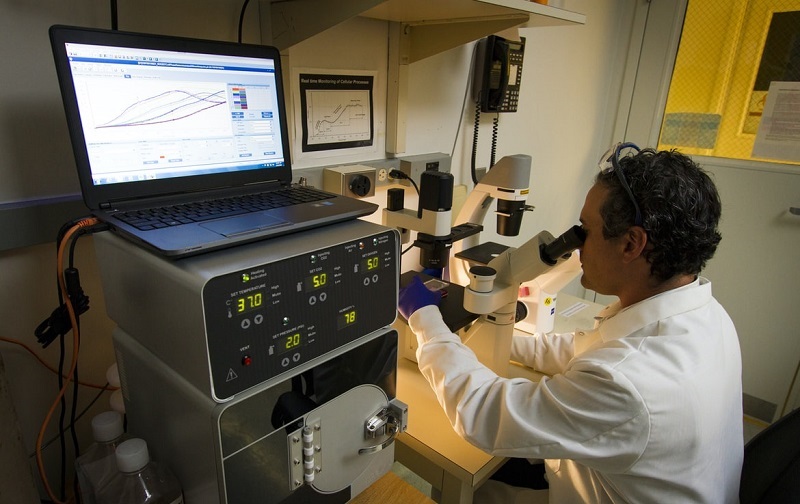Opinion: How Maryland Can Build America’s No. 1 Life Sciences Economy

By Marty Rosendale
The writer is CEO of the Maryland Tech Council, the largest technology and life sciences trade association in Maryland.
Whether mapping the human genome or developing COVID vaccines, Maryland life sciences companies excel at expanding the frontiers of human knowledge.
But to remain one of the world’s strongest life sciences ecosystems, we must expand something else entirely — our number of life science workers.
More than 54,000 people work in Maryland’s life sciences industry — more than the number who work in our information or real estate industries. But a report commissioned by the Maryland Tech Council finds that our industry job growth rate must improve and more regions of the state must benefit if we are to remain a national life sciences leader.
Addressing this challenge will require support from industry, academia and Maryland policymakers. Here is a plan to get us started.
First, industry must better connect with workers who do not have advanced degrees. Don’t let the white lab coats fool you. From the warehouse to the manufacturing floor, many life sciences jobs pay higher than average wages and do not require a bachelor’s or graduate degree. So we created biohubmaryland.com to showcase how Marylanders with high school, GED or associate degrees can pursue meaningful life sciences careers in Maryland.
Second, we must develop an industry-certified training curriculum to increase the number of workers who can meet industry needs and that prepare them for future career growth, particularly in jobs that do not require four-year degrees. Maryland’s four-year and community colleges are perfect venues for this curriculum.
Third, we must expand our laboratory and manufacturing space so that entrepreneurs can expand in Maryland. Lab space is where Maryland’s scientific minds discover and test medical cures, therapies and treatments like the COVID-19 vaccines and antibiotics. But our report determined that Maryland lacks the amount of lab space needed to meet the needs of life science startups.
Maryland policymakers consider matching private funds raised by institutions of higher education to establish technology incubators and provide early-stage companies with greater resources — particularly lab and manufacturing space — that will support local job creation.
Lastly, Maryland must explore creating region-specific incentives to convert existing commercial or industrial spaces for use in life sciences manufacturing or lab space. Ensuring entrepreneurs and startups can easily pinpoint and access this infrastructure makes it easier for them to stay in Maryland and hire local workers.
Fortunately, our pressing need for talent and lab space are hallmarks of a thriving state industry. As Maryland attacks these challenges, we won’t be operating in a vacuum. States and localities across the U.S. are training workers and building lab space to woo the same entrepreneurs and jobs that Maryland hopes to attract. The governor of Illinois just announced $15 million to build a lab ecosystem across his state, and Massachusetts just invested new funds to expand biotech apprenticeships.
Few localities in the world can match Maryland’s bounty of human capital, geographic strength and concentration of federal scientific institutions. The question now is whether Maryland’s private sector, public sector and academia can work together to build the nation’s foremost life sciences economy — one new worker at a time.




 Creative Commons Attribution
Creative Commons Attribution